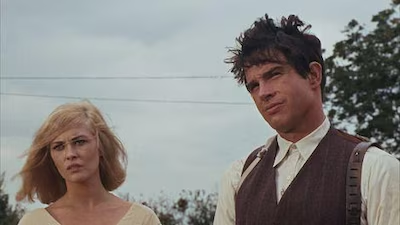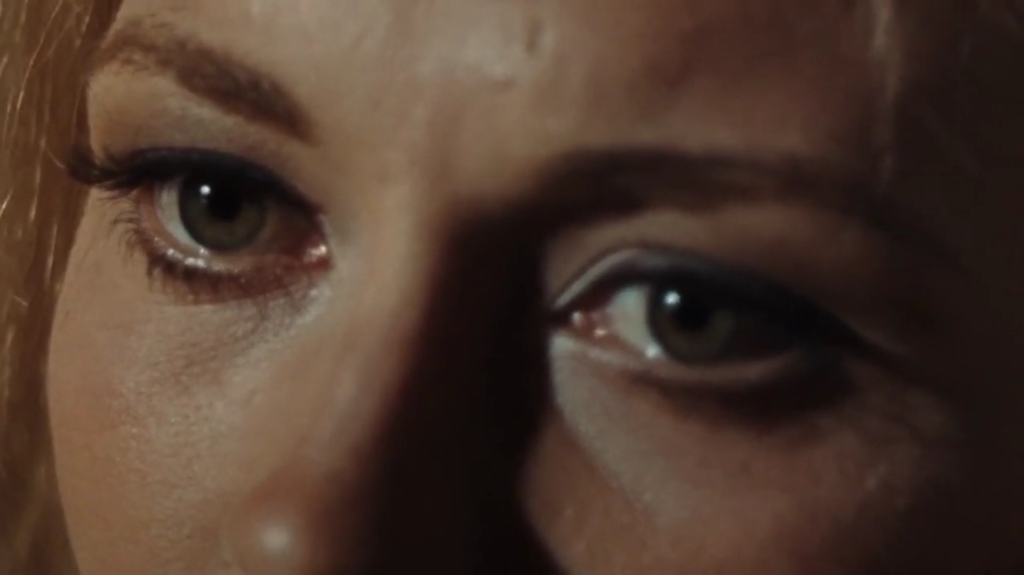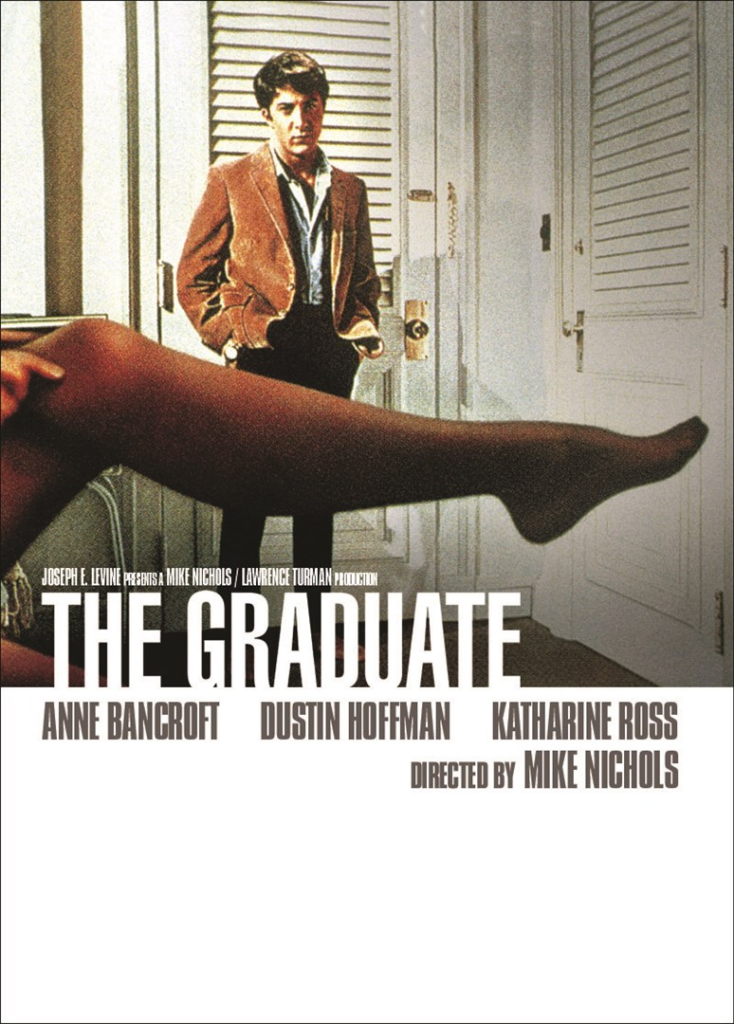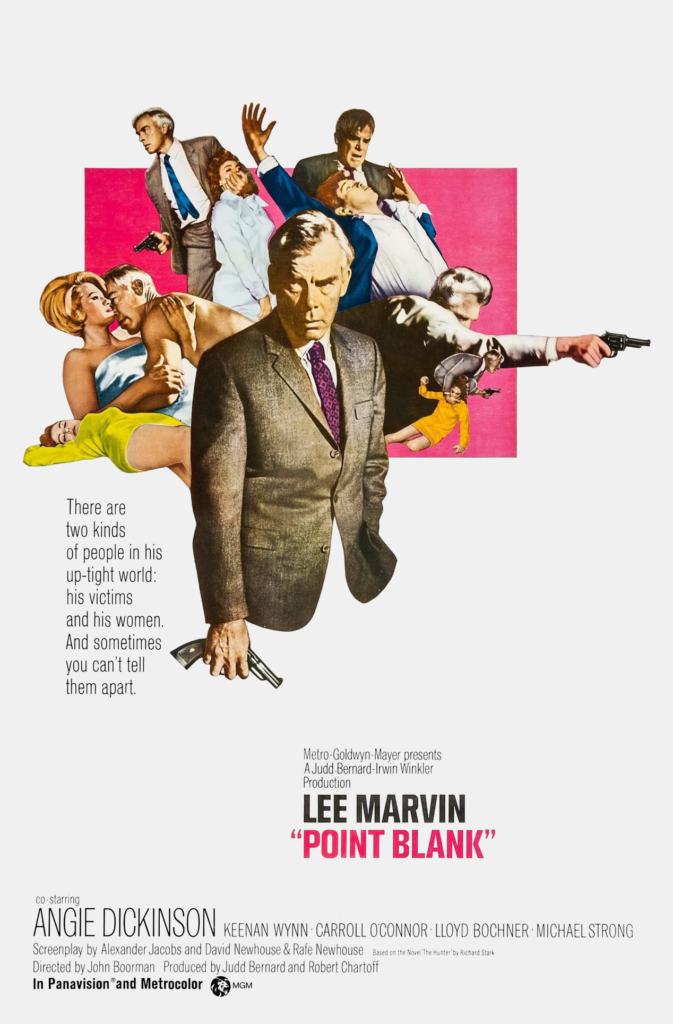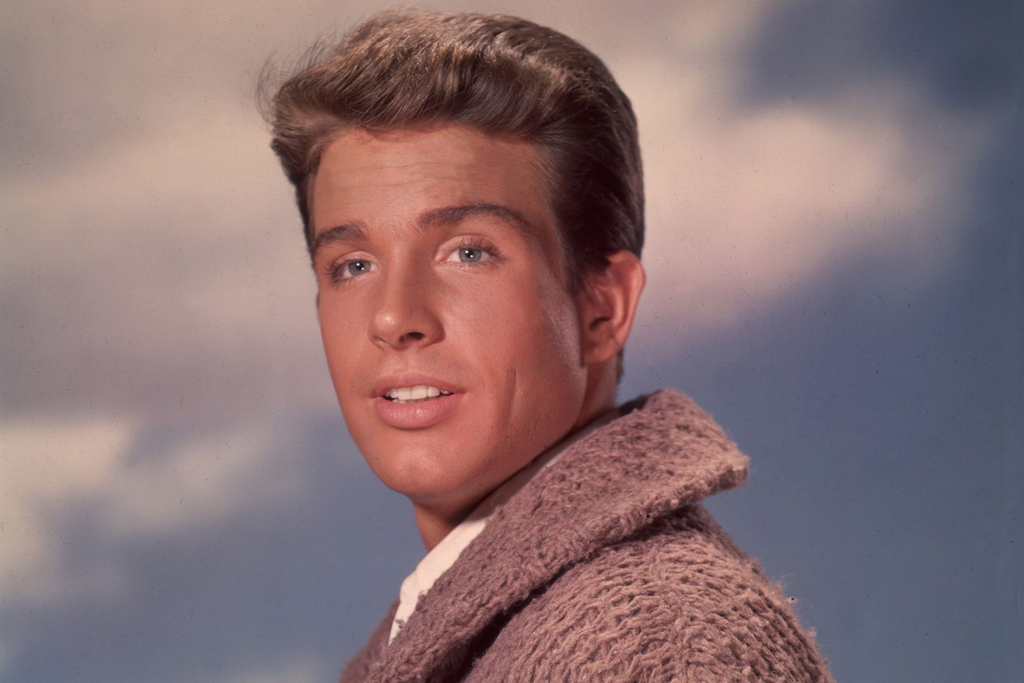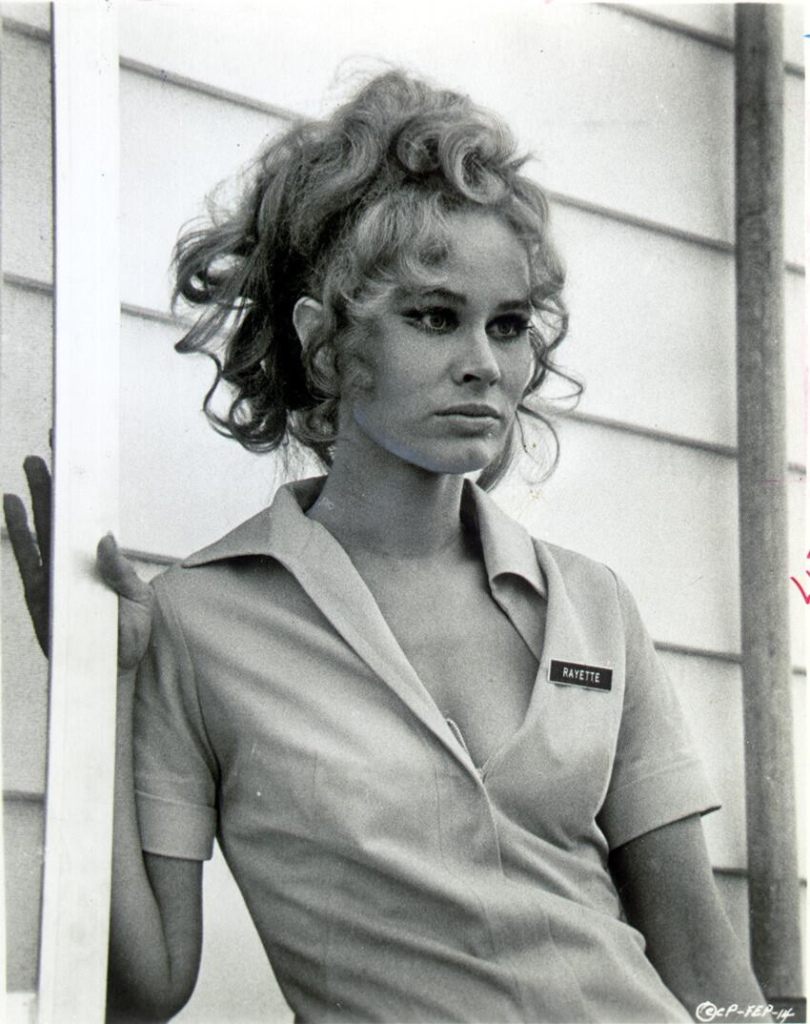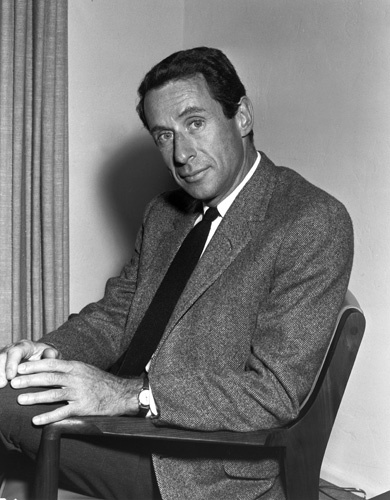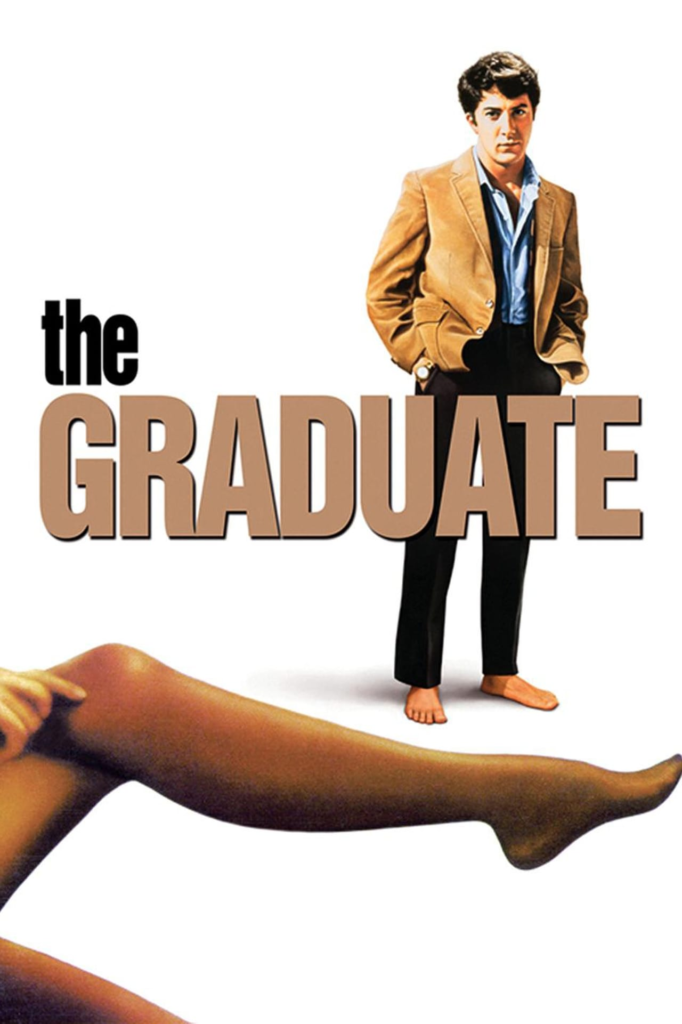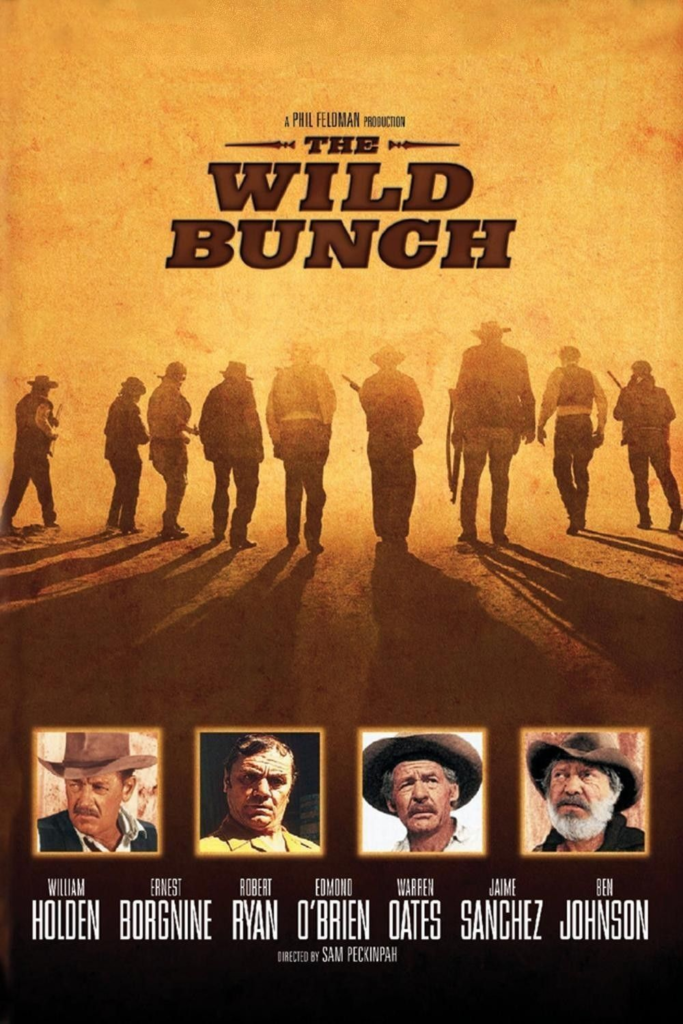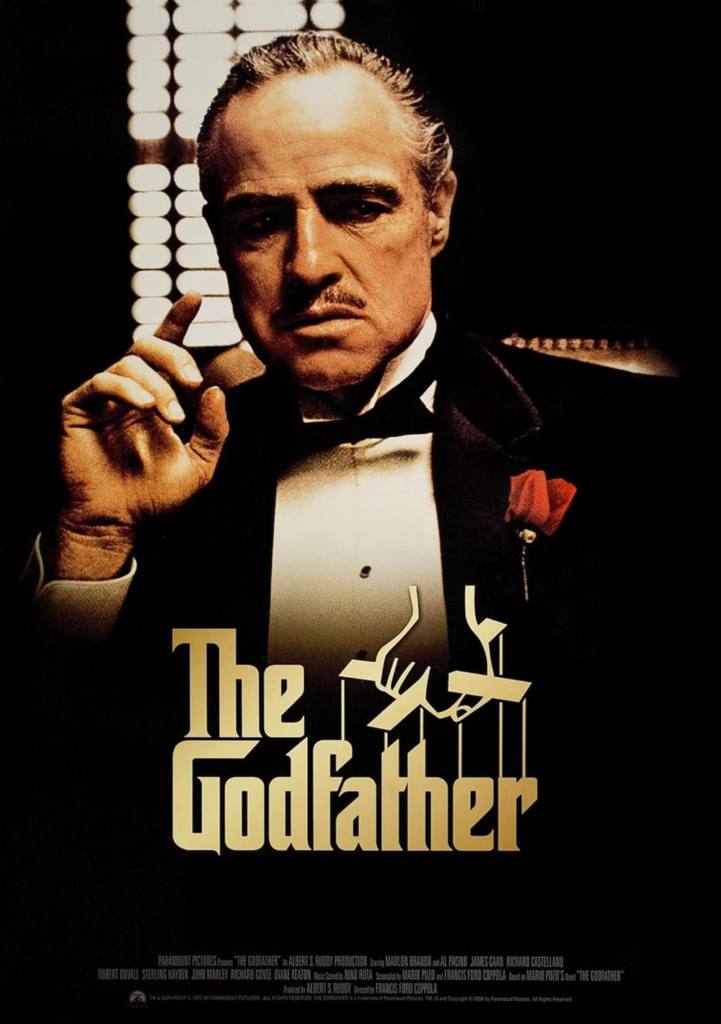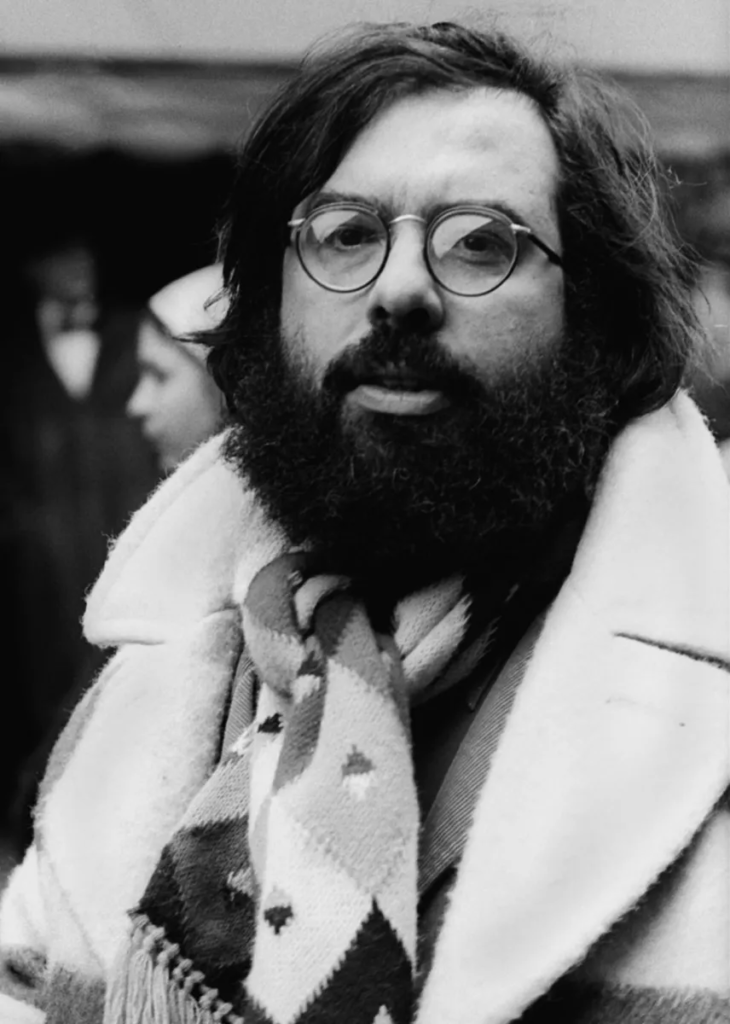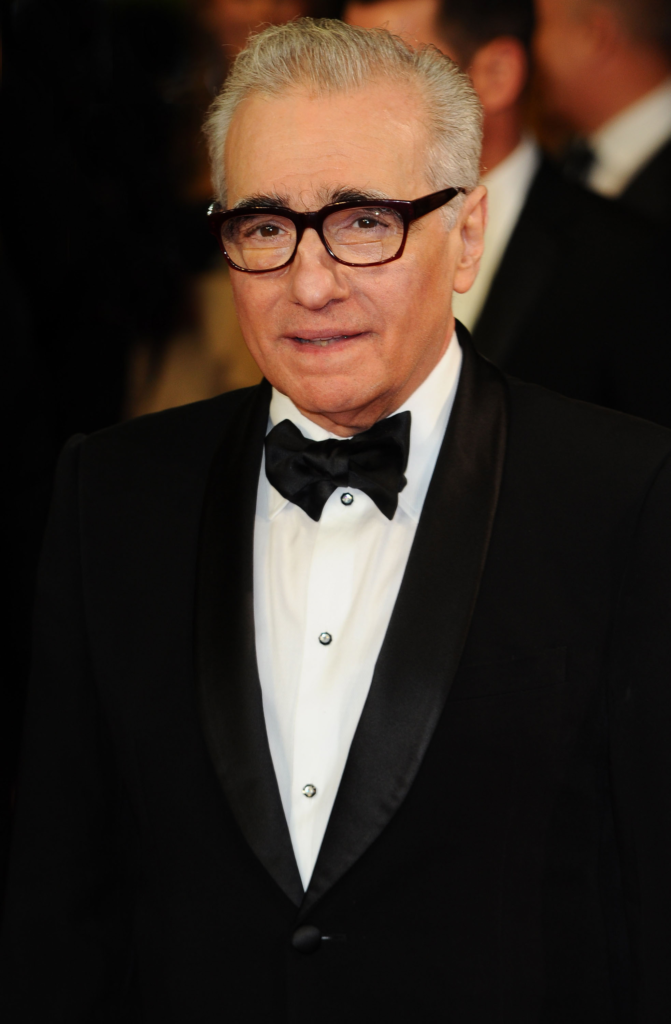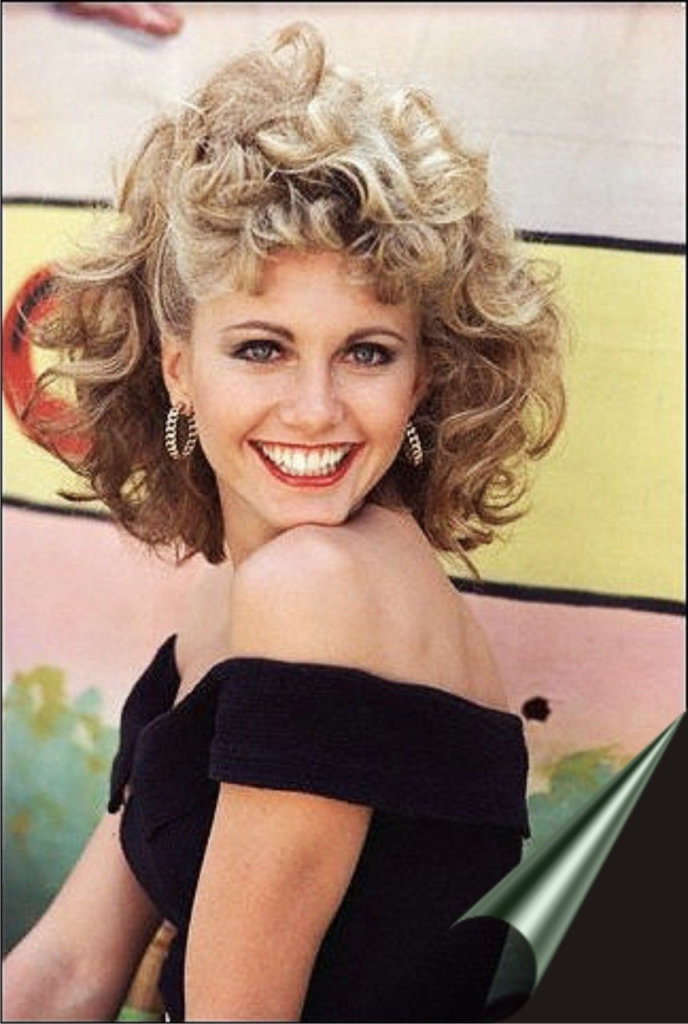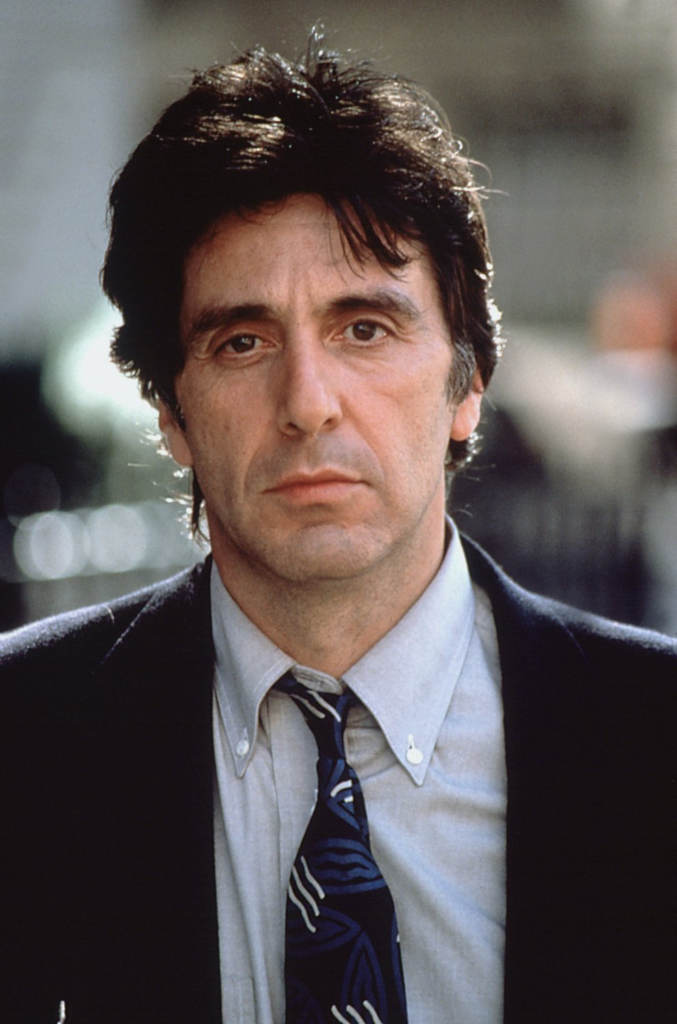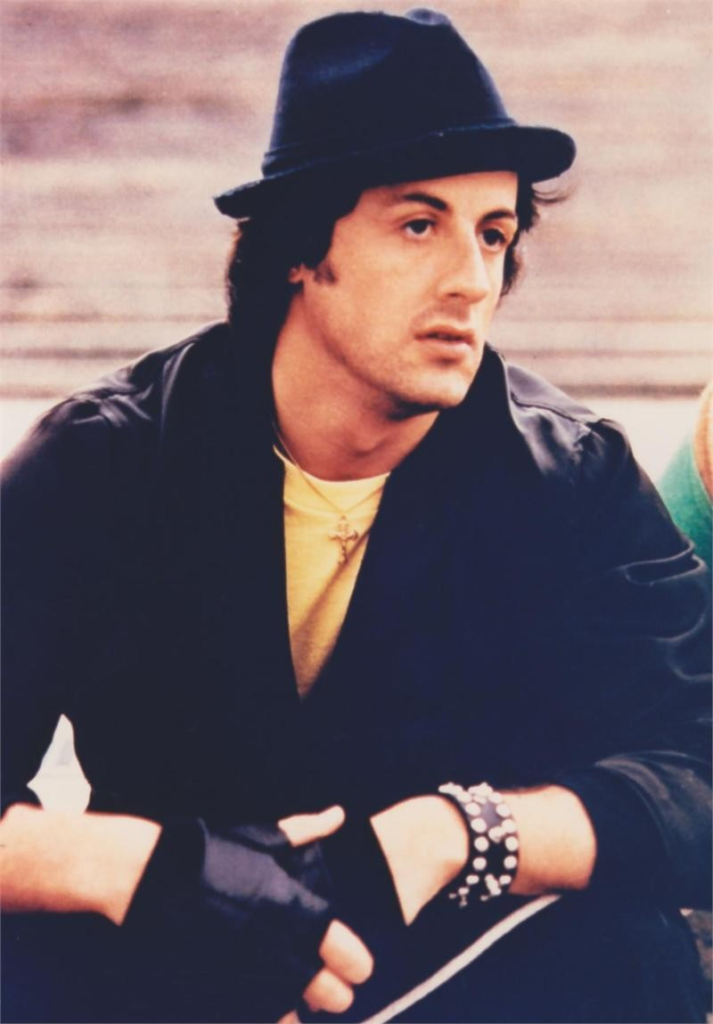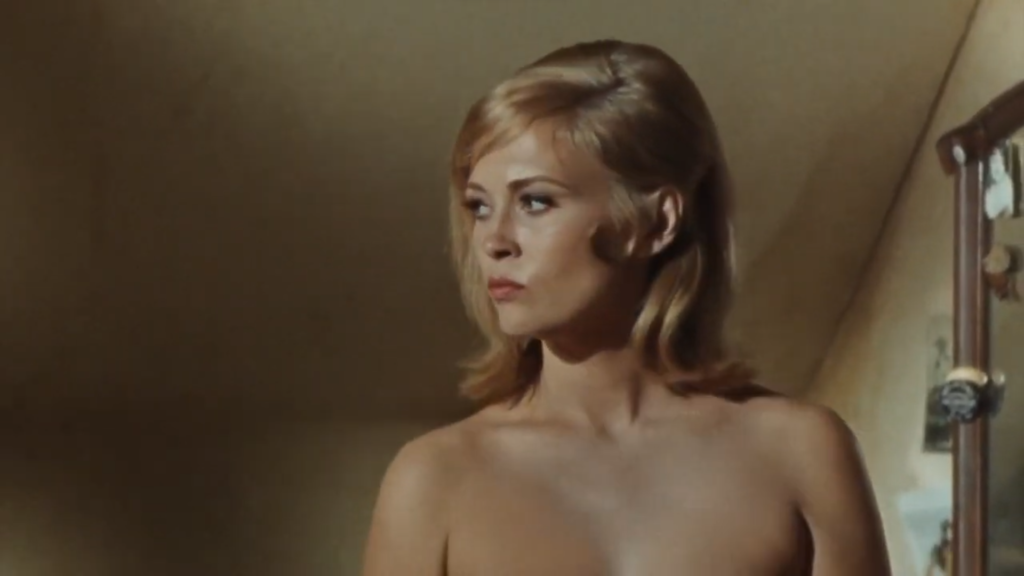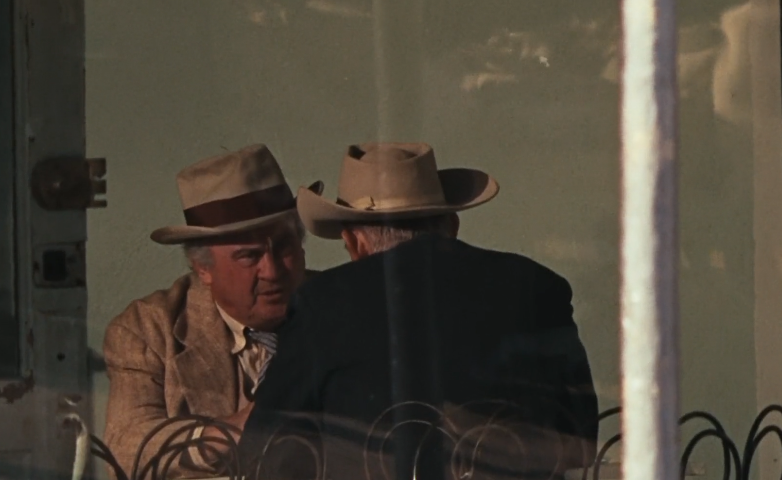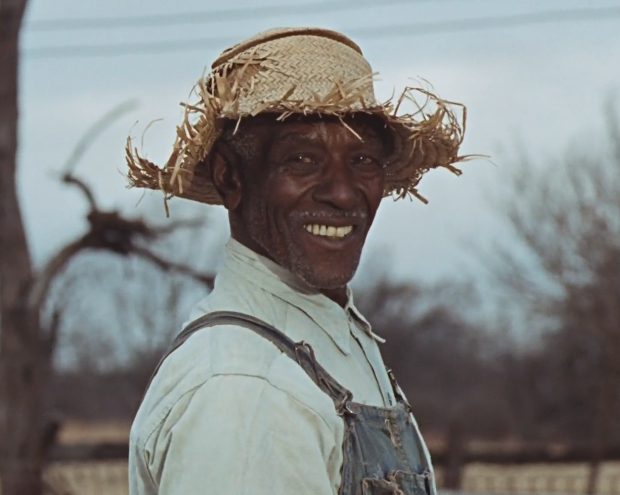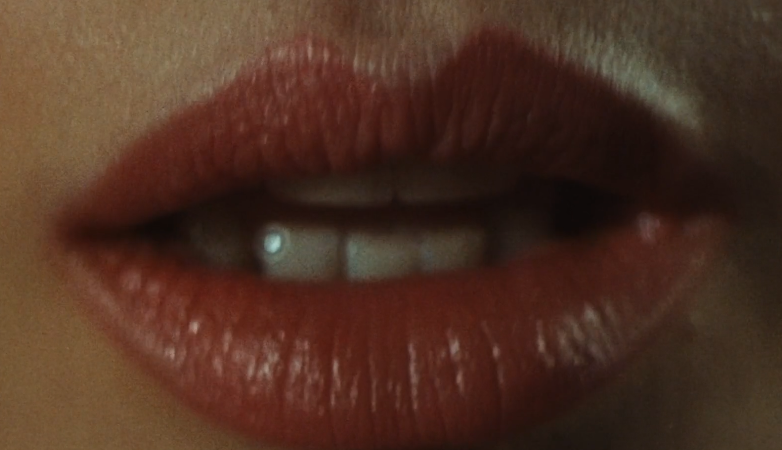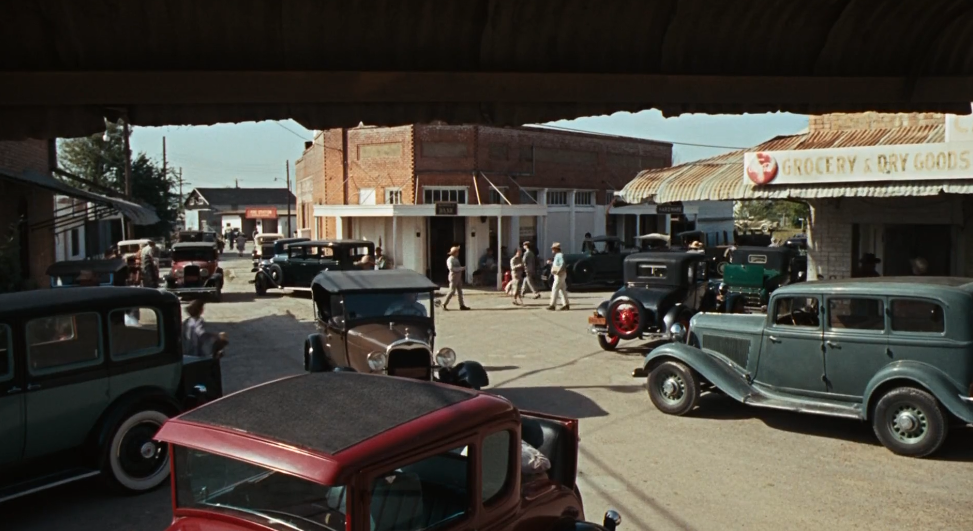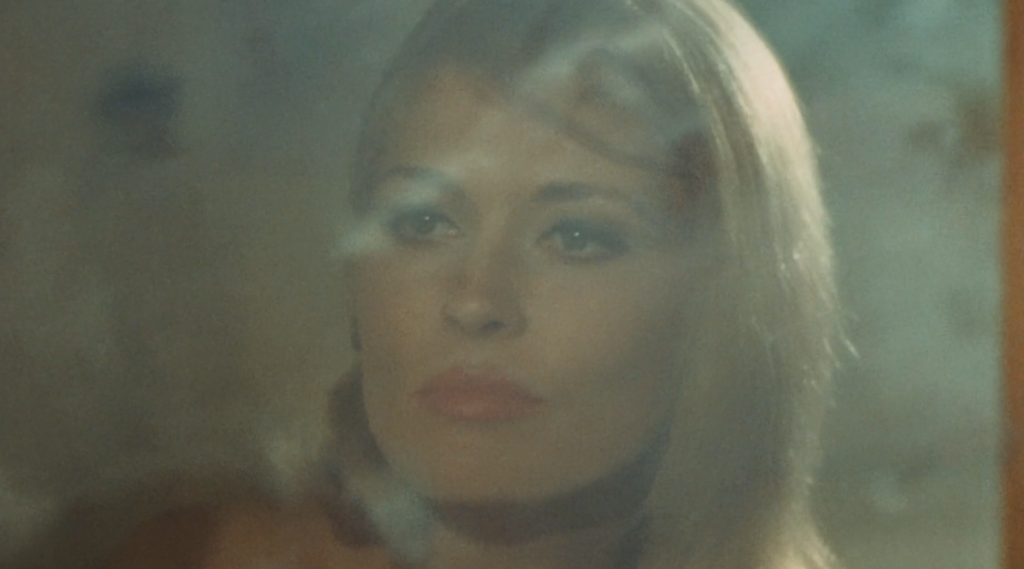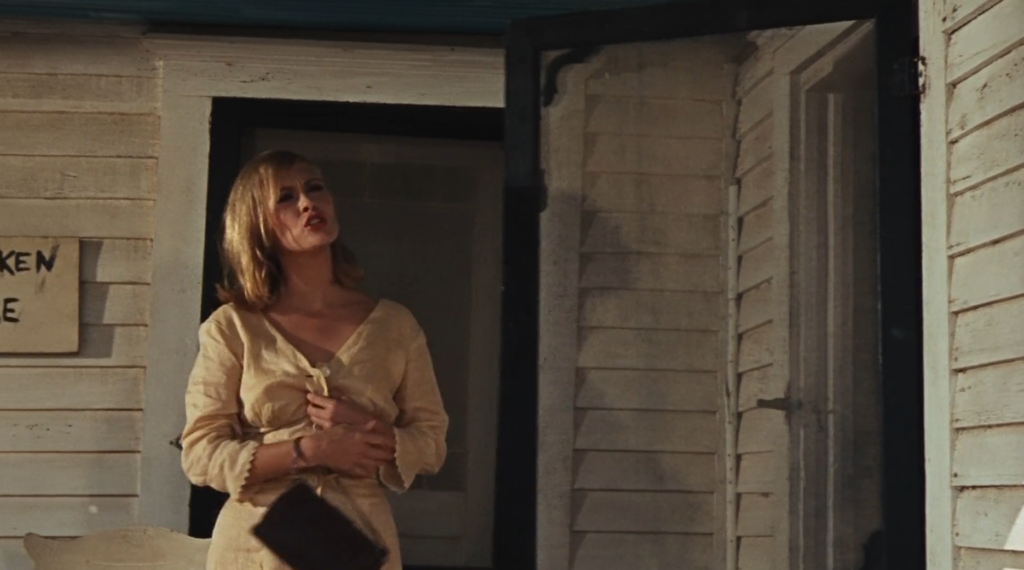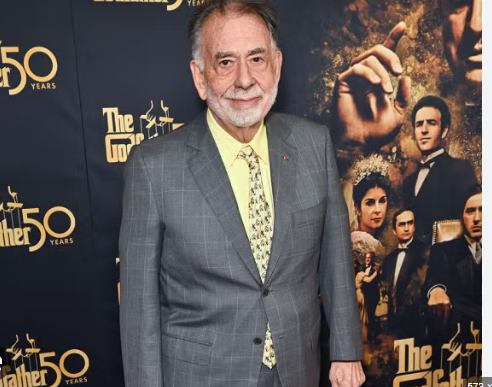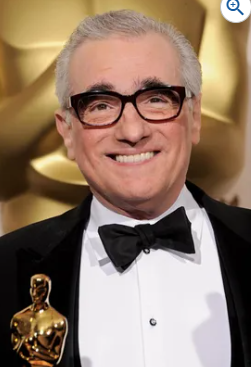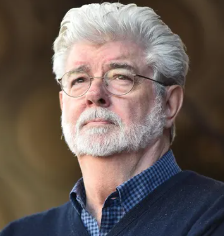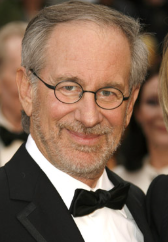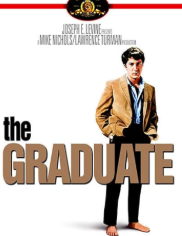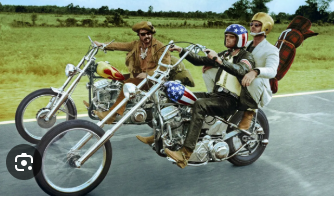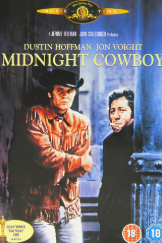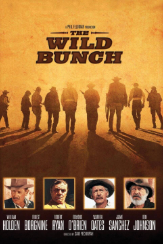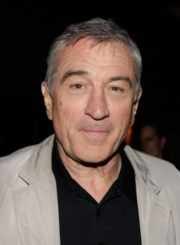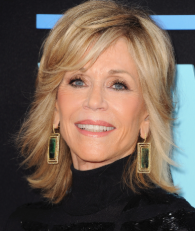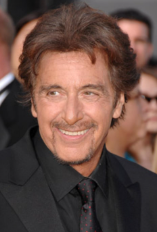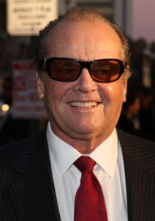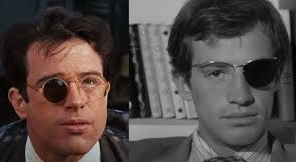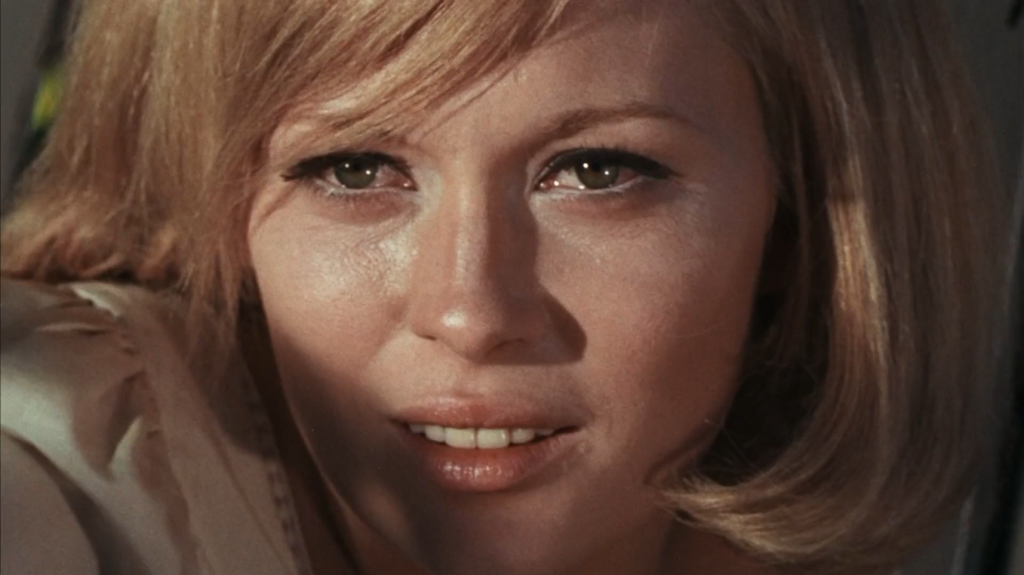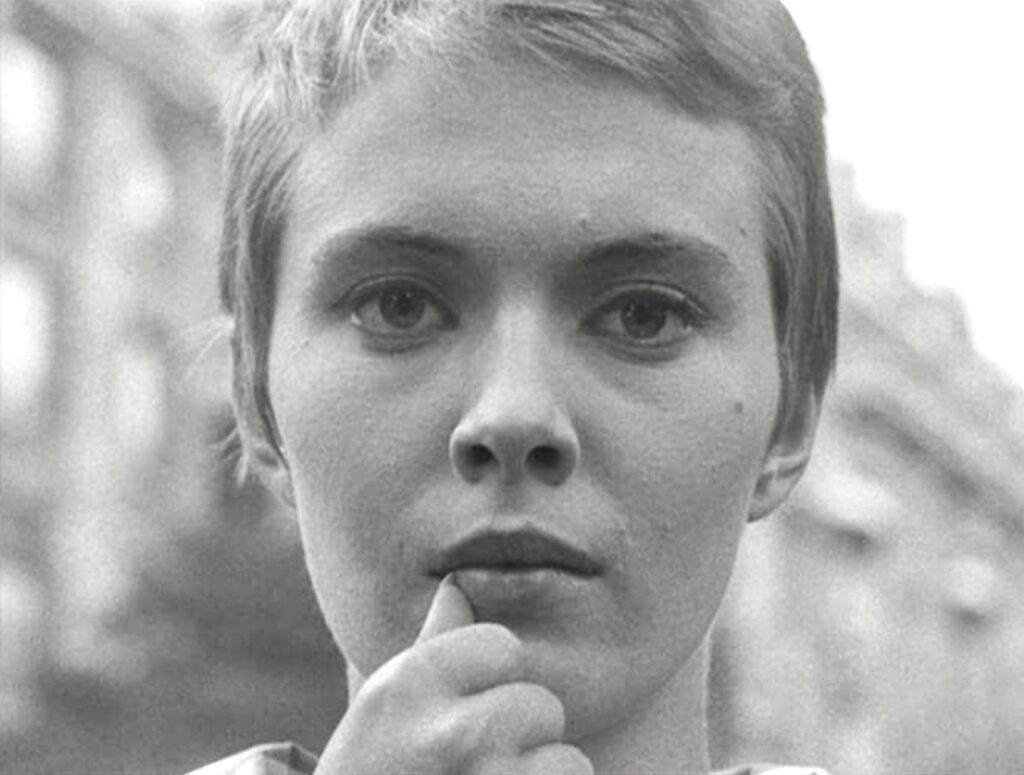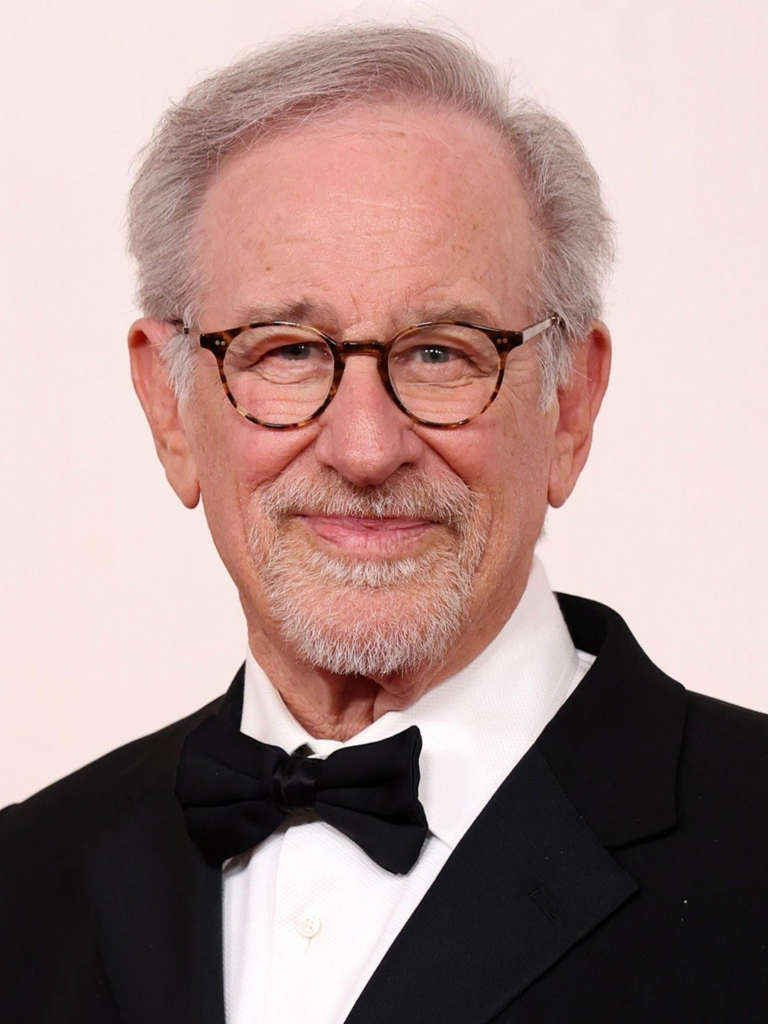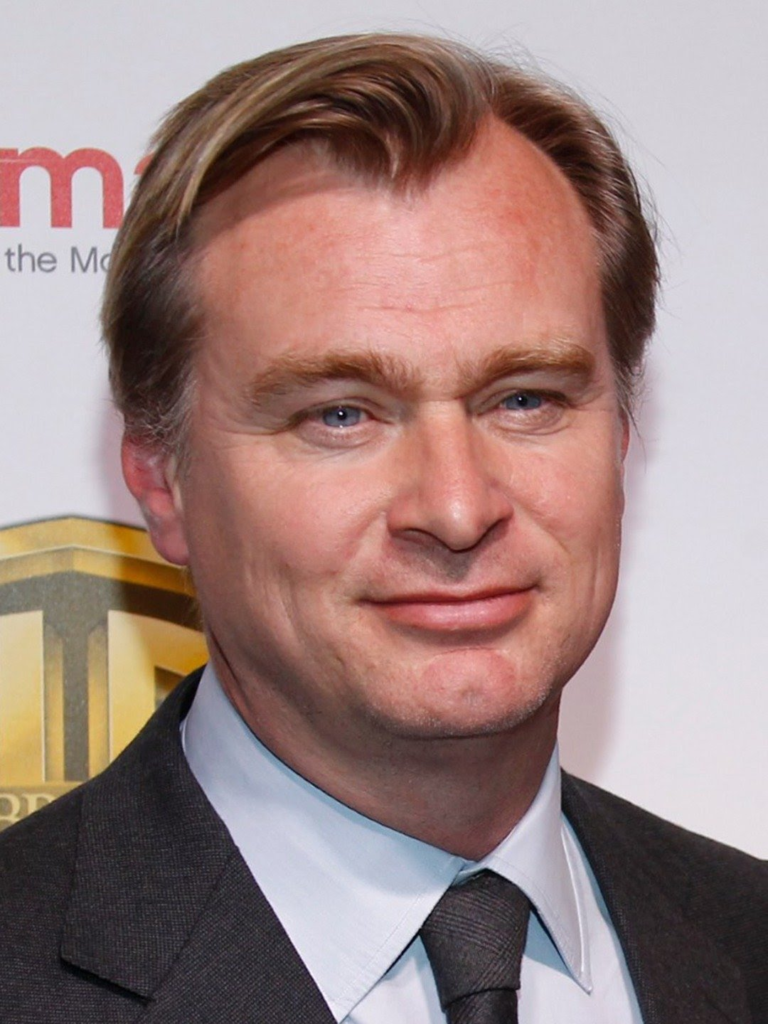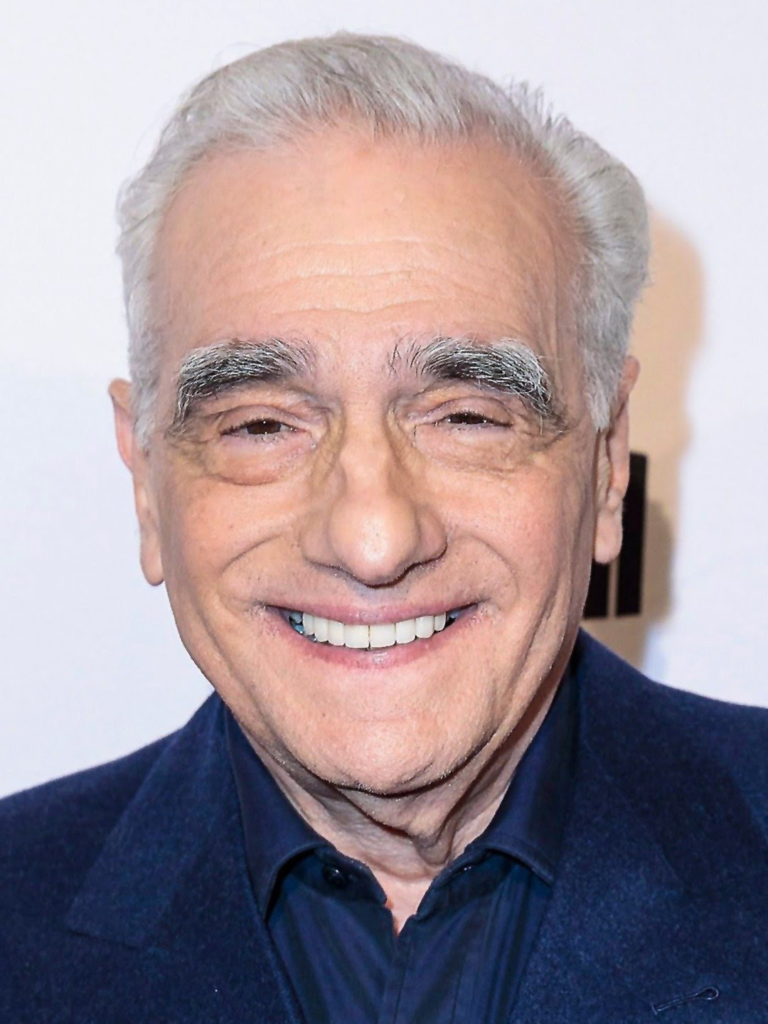What is meant by the term ‘New Hollywood’?
New Hollywood refers to the shift in the preferences of Americans, this became more prominent at the end of the 1950s and beginning of the 60s when most Americans already owned TVs meaning cinema audiences significantly decreased and so did the youth’s interest in what the film studios were making at the time.
new Hollywood films, directors and stars
Cleopatra (1963) – directed by Joseph L. Mankiewicz, starring Elizabeth Taylor

Easy Rider (1969), directed by Dennis Hopper, starring Peter Fonda & Dennis Hopper
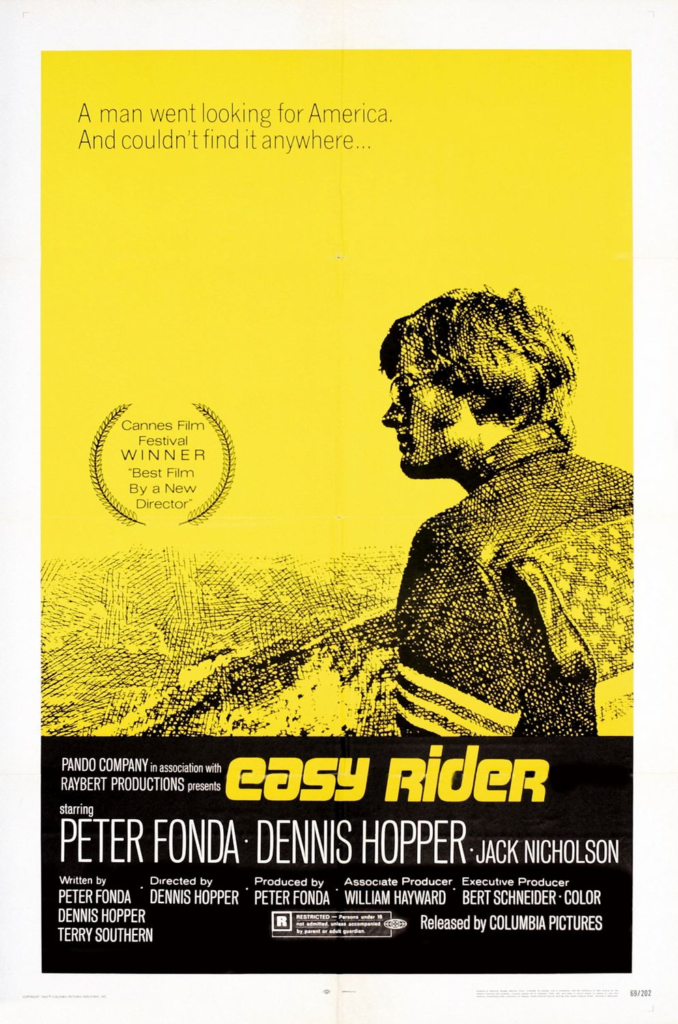
The Godfather (1972), directed by Francis Ford Copolla, starring Marlon Brando
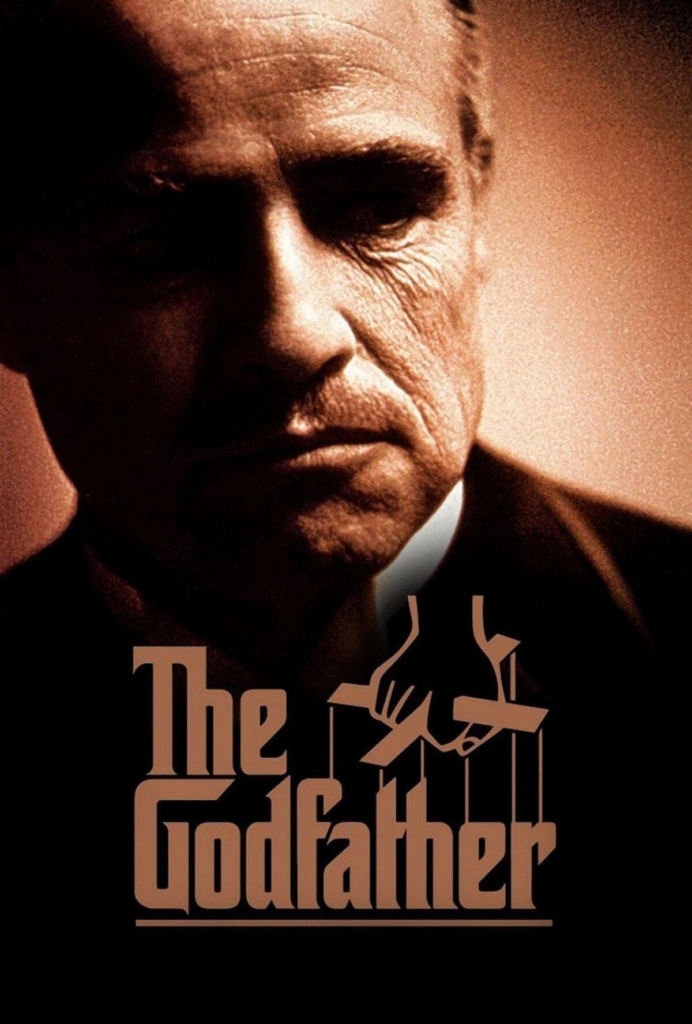
Bonnie & Clyde (1967), directed by Arthur Penn, starring Warren Beatty & Faye Dunaway
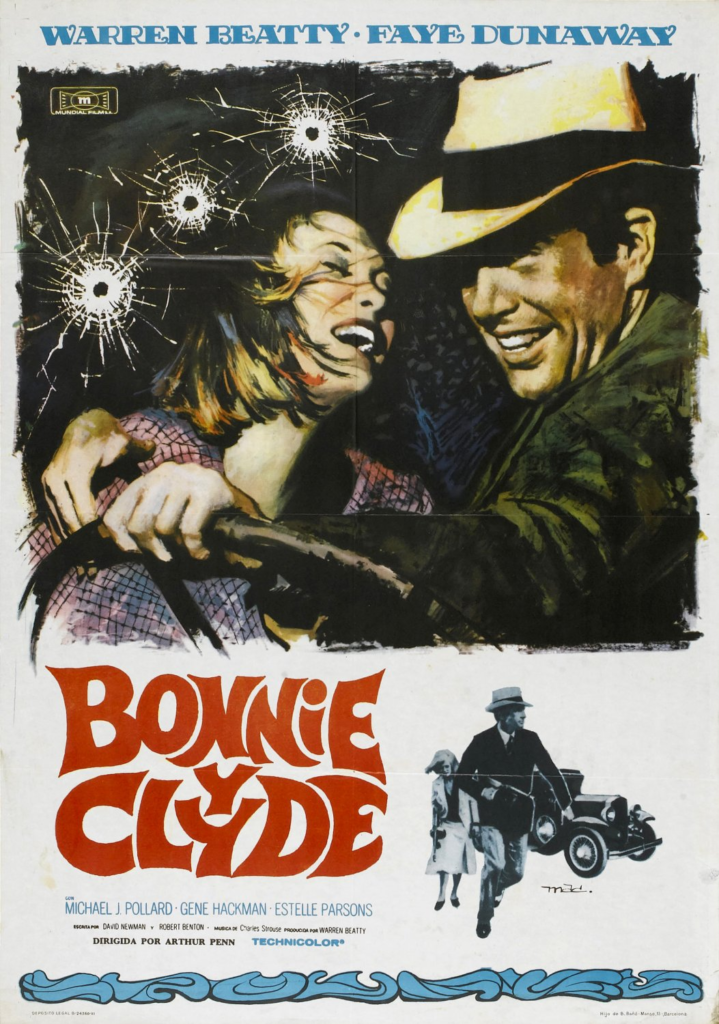
What events were taking place in America around the period identified as the New Hollywood era of cinema?
The ‘New Hollywood’ era spanned between 1960 and 1980, not only did technology advance by a lot during this period (the invention of TVs became more and more popular) but America also:
- witnessed 3 assassinations of public figures within the span of 5 years, John F. Kennedy (1963), Malcom X (1965) and Martin Luther King (1968)
- the ‘Civil Rights’ movement was put into place (1954-1968), this aimed for legalised racial segregation, discrimination and hate crimes towards black people to be stopped
- from 1959 through to 1973, American soldiers were being sent to help out in the Vietnam war but Americans did not agree with this happening as they wanted to decrease the spreading of communism for soviet powers
- Richard Nixon (president at the time) was involved in a huge scandal called the ‘Watergate’ and as he was being found guilty, he was the one and only president so far who has had to
the influence of ‘French New Wave’
What is meant by the cinematic term ‘French New Wave’?
This term refers to what is considered the most influential era of film making where French films became more and more popular in America as this movement’s impact is still seen in various films today, spanning from the late 50s through to the late 60s. Young film makers wanted to rebel against the Old Hollywood style which was seen as out dated and the younger generation were rejecting the traditional plots and techniques. ‘French New Wave’ films would typically feature elements such as the use of natural lighting, realistic looking and simplistic sets due to the low budgets some films had because of the money crisis after WW2, improvisation from actors and some starring in films were not even actors. Taking a break from traditional filmmaking also became more popular as well as experimenting, leading directors to get inspired by each other’s techniques.
What specific stylistic and structural elements are present in ‘French New Wave’ Films?
- location shooting
- handheld camerawork (documentary aesthetic)
- deemphasised plot
- improvised dialogue
- direct sound
- using the lighting available on location when not filmed in a studio setting
- the use of jump cuts over focusing on the continuity (condensing time, creating montages, snappier and more abrupt looking)
- democratisation of cinema as anyone could pick up a camera and make their own films
- voice-overs
- breaking the forth wall
- rapid and sudden mood changes
Which directors and films from the ‘French New Wave’ influenced Arthur Penn as he was making ‘Bonnie & Clyde’?
Arthur was not heavily influenced by the films ‘Jules at Jim’ (1962) and ‘Shoot The Pianist’ (1960) but also by other film directors such as Jean-Luc Godard and Francois Truffaut who helped and supported Penn in the making of ‘Bonnie and Clyde’. Robert Benton and David Newman who were ‘French New Wave’ fanatics themselves approached Arthur regarding directing the film themselves but Penn turned down their offer.
Bonnie & Clyde scenes which enhance the ‘French New Wave’ style:
deemphasized plot
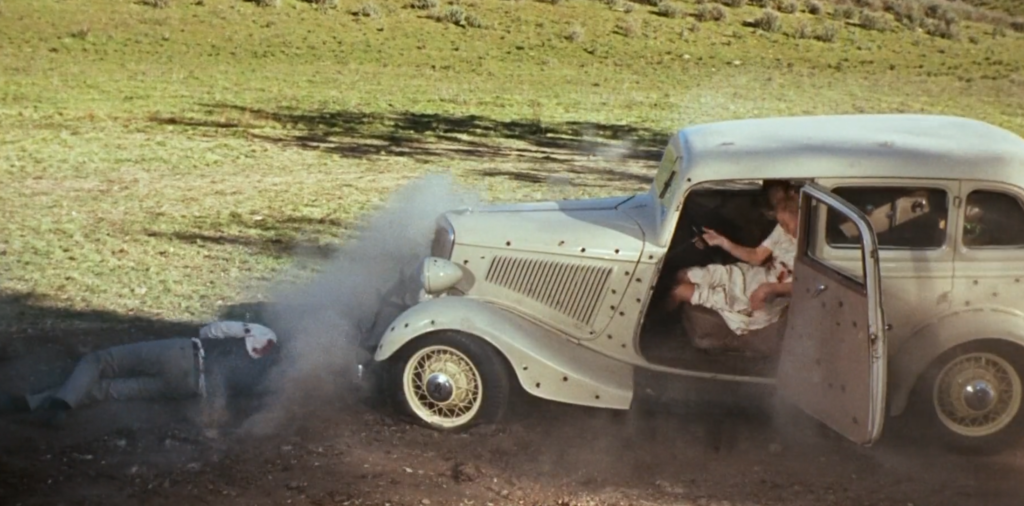
This film is immensely iconic and well-known due to its abrupt ending. After following the love arc between Bonnie and Clyde, they both just die at the end. This was very sudden and unexpected because it is presumed that most viewers expected and wanted a typical happy ending for them however the ending of this film exceeded everyone’s expectations which is a very common ‘French New Wave’ feature as it moves away from the classical Hollywood style.
location shooting
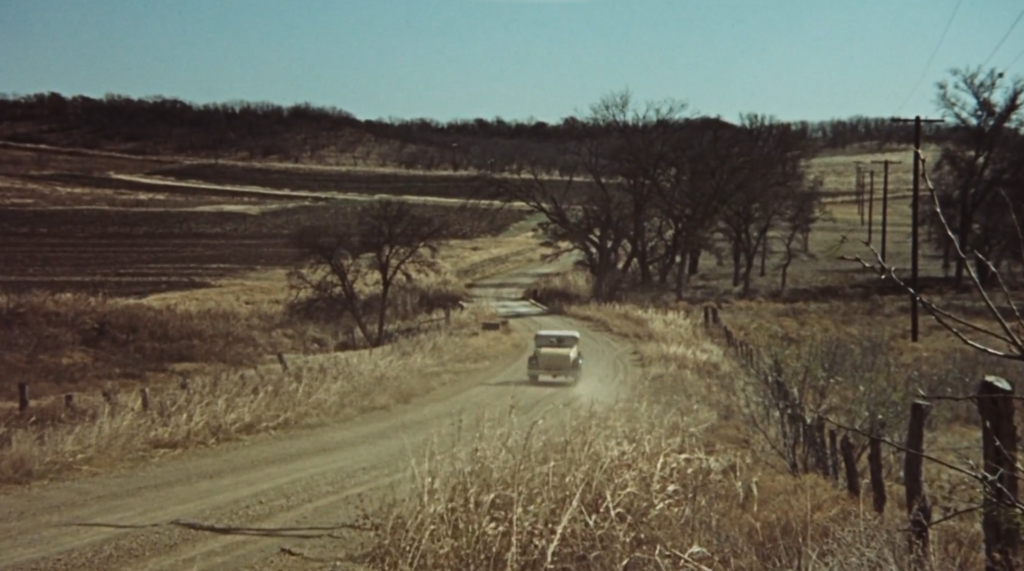
Due to the lower budges of film makers during this period especially ones who were just starting out, it was very difficult to build or even rent out a whole sound stage and set therefore film makers resulted to filming on location. This wasn’t only much cheaper and accessible but it also conveyed a sense of realism and made them become more believable.
hand held camera work
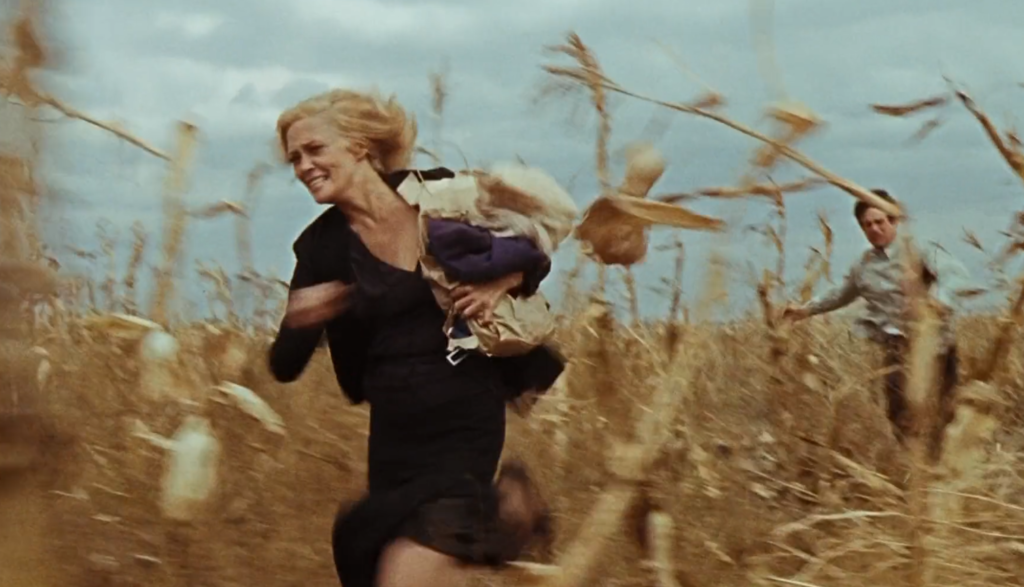
Film makers started moving away from using camera stands or dollies especially because they were harder to to move around or even get a hold of in the first place if the budget of the film was not particularly high. They started filming while holding the camera as it was much easier to follow the actors moving around in some specific scenes but it also gave the viewer the illusion that they were somewhat actually in the film themselves as it mad everything seem more life-like and natural.
New Hollywood film style
How did New Hollywood directors such as Arthur Penn approach film narratives?
Penn was directly influenced by the French New Wave movement and other directors practicing this style of film such as Truffaut who helped perfect the style Bonnie & Clyde is filmed in. This film did not have a lot of focus on one specific plot but rather focused of the character arcs and having multiple subplots with a de-emphasized plot at the end which significantly derived from the Classical Hollywood style many were used to.
What is discontinuity editing?
Discontinuity editing refers to an editing technique which became more and more popular due to the French New Wave. This is when the flow of the editing didn’t follow a specific pattern which necessarily made sense therefore ruining the continuous flow of the film, this gave films a more modern and retro style and it’s aim was to bring the viewer’s attention to specific sots and scenes.
Why is this time in film production sometimes referred to as “The Rise of Auteurs” in Hollywood?
Many famous film makers across the world started their career during this time as the Hollywood Studio System had its infamous collapse which meant that there was now more space and a bigger audience for smaller film companies and directors. Due this, new film makers such as Penn for example had the freedom of creating whatever style and genre of film they wanted which is what many others did therefore, creating their own recognisable style and being referred to as Auteurs which basically means that they are like the authors of the film.
What is the lasting impact of the New Hollywood style on modern films?
Due to the New Hollywood movement, film makes introduced more graphic content and much more sensitive topics within their films such as sexuality and racism as well as conveying their own styles which had a massive impact on the overall look of films today, this includes editing the colouring of films to be brighter colours and give a sense of realism and enthusiasm.






